The Microsoft Lumia 950 is not my first go around with a Lumia phone so I knew what to expect going in to this review. The biggest difference from my previous experiences would be Windows Mobile 10 and I was pretty excited to give that a go. Find out in our Microsoft Lumia 950 review how Windows Mobile 10 changes the Windows Phone experience, if at all.
Specifications
[graphiq id=”hfwSIf53rTf” title=”Microsoft Lumia 950″ width=”829″ height=”999″ url=”https://w.graphiq.com/w/hfwSIf53rTf” link=”http://smartphones.specout.com/l/3961/Microsoft-Lumia-950″ link_text=”Microsoft Lumia 950 | SpecOut”]Design
I’ll be honest here, I was expecting more from a flagship Lumia device but what I got was, well a Lumia device. Microsoft didn’t deviate from the traditional Lumia polycarbonate body which in some ways feels cheap but in others is a wise choice. It’s really a battle in my mind because I feel the use of a metal body would have made it feel more premium, but the choice of polycarbonate gives the phone some versatility. Honestly I think the 950 would fare better if dropped than the Nexus or iPhone.
The back is removable, as is the battery, and there is a microSD card slot for expandable storage, something even Android phones are phasing out. You can even find third party back panels to replace the stock one if you care to customize the look a bit more. The power button, volume buttons, and dedicated camera button are on the right side and easy to get to, they also have a nice tactile feel and response to them. Overall the design is nice, it doesn’t exude premium build as the Nexus 6P or iPhone 6s devices do, but what it lacks in premium feel it makes up with robust functionality.
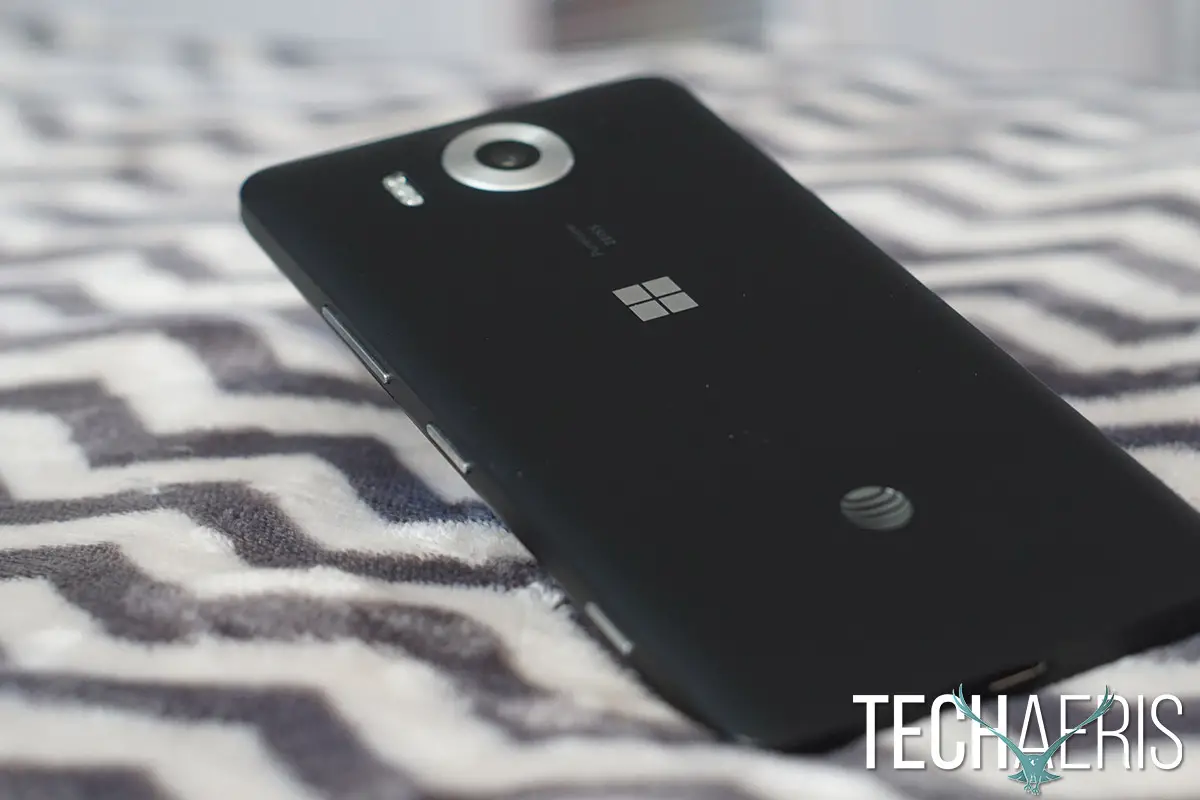
Display
The display is a 5.2″ AMOLED panel with 565 PPI, and a Quad HD 1440×2560 resolution. It is one of the best displays I’ve seen on a Windows Phone and it stands head to head with the best Google and Apple have to offer. My only issue with it is the same issue I have with most AMOLED displays — viewing angles aren’t the best and bright sunlight can sometimes become an issue. On past Lumia devices there was an option under extras called sunlight readability but I think this is baked into the device now as the option is not on the AT&T Lumia 950. There is an option under extras that allows you to choose your color profile giving you a small measure of customizing how the display looks, which is a nifty addition. But playing games, watching movies and reading text on this display is right up there with any other flagship smartphone.
Software/Ecosystem
Windows 10 Mobile
At first glance Windows 10 Mobile almost looks the same as Windows Phone 8.1 but there are some nice aesthetic differences in menus and settings. The UI seems easier to navigate with more clarity in where you’re going and what you’re tapping. This is most apparent in the settings menu which has been cleaned up considerably with settings being grouped instead of one long scrolling page of settings. The tile interface remains, which some criticize as being ugly but I find to be really no different from Android or iOS, the only real difference is how the apps are presented on screen and icons. Live tiles still remains one of my favorite features letting you see what’s happening in an app right on your home screen (much like widgets in Android).
The biggest difference in Microsoft’s new mobile OS is Windows 10 on mobile runs on the same architecture as Windows 10 on your PC. Basically this is Microsoft trying to unify a desktop and mobile device through two new features, Continuum and Unified Apps, which we’ll touch on later. Overall Windows 10 Mobile was a pleasure to use, the whole interface is nice and the software is snappy and responsive. I will give Windows 10 a small ding on load times though, apps just seemed to take a bit longer to load compared to iOS or Android.
Windows Hello
Windows Hello is Microsoft’s beta software that unlocks your phone using your irises. Before we move on, this is nothing like Android’s Face Unlock which was a complete mess and never worked very well. Windows Hello is actually one of the best features on the 950, you might get some stares when you hold your phone up to unlock it though. While the software is still in beta and a little bit buggy, unlocking the 950 with my irises worked about 80% of the time and it worked well. The other 20% of the time it either did not recognize the scan, asked for a pin but still unlocked without the pin or just took longer than a few seconds to actually unlock.
There is still some debate as to whether or not iris scanning is more secure than fingerprint scanners, although one department fingerprint scanners win over iris scanning in is speed. The Nexus 6P and iPhone 6s unlock much faster and are more accurate than Windows Hello. But again, the security of each method can be debated and some say that iris scanning is more secure than fingerprint scanning. So it’s a choice you’ll have to make yourself, better security or faster access?
Continuum
Continuum is Microsoft’s attempt at making your smartphone into a desktop and it honestly works pretty damn good. As I mentioned earlier, Windows 10 on mobile is built nearly the same as Windows 10 on desktop which allows you to use your phone as a desktop. There are two methods you can get this to work, using the $99 Continuum dock sold by Microsoft (which we had) or using Miracast and a Miracast supported device. Using one of those two methods you hook your 950 up to a larger screen, add a keyboard and mouse (Bluetooth of course) and you’re in desktop mode.
Continuum is the money shot for Microsoft and the 950, this is what Microsoft is trying to sell users with this phone. Using Continuum was very enjoyable and easy, there’s something really cool about hooking your phone up to your 50″ TV and just unplugging it and going when you need to. There are some limitations to Continuum though so it’s not without it’s challenges. Not all apps are going to work with this feature although the core Microsoft apps will — you’ll have to wait for developers to make more Unified Apps to start filling in the gaps. Overall Continuum could be a game changer for some users, Microsoft just needs to foster the Unified Apps ecosystem so that users will have choices when the time comes.
Unified Apps & Apps
Microsoft’s Unified Apps are where the company is heading to merge mobile and desktop and they’ve naturally started with their core apps. Outlook, Office, Edge and Cortana all work with Continuum and they do it brilliantly. If Microsoft’s Unified Apps and Continuum initiative succeed, they could likely pull in many more users into the Windows ecosystem but they have to produce those apps before it can happen.
As far as apps in general are concerned, this is Windows 10 Mobile’s biggest crutch at the moment. There are some popular core apps that are available on Windows 10 such as Facebook, Instagram, Twitter, Amazon, Netflix, Pandora, What’s App, Spotify, Shazam, Vine and many more. But I still get this feeling that developers don’t care about their Windows Phone apps as much as they do their iOS and Android apps. Sometimes the very same apps on Windows Phone feel incomplete or throw together just because they needed one out there.
Microsoft’s biggest hurt when it comes to apps is the lack of Google apps. From further research it seems both Google and Microsoft are to blame on this front. While Google doesn’t want to build the apps for Windows Phone they have their reasons for it and it just seems to be a battle of the tech wills. Here’s a decent informed explanation as to what is going on with the Google apps situation on Windows Phone.
The problem is that Google discontinued support for Microsoft ActiveSync access to Gmail (for all platforms) and Microsoft is refusing to add OAuth support to the Windows Phone mail client. Google has also not released any Windows Phone apps because Windows Phone does not have much market share.
Unfortunately, the no Google Apps for Windows Phones due to market share is a bit of a chicken and the egg situation. Windows Phone market share is not likely to grow very fast without access to Google’s ecosystem. In the meantime, there is nothing to stop a developer from creating a mail application that can support OAuth (and thus, allow access to Gmail). Source
The debate could rage on about who’s at fault and who should be first to flinch, in this case I think it would make sense for Microsoft to soften up a bit and work to get Google apps on Windows Phone.
While the app ecosystem in Windows Phone is still gasping for air, there is hope in at least one project Microsoft is working on, Project Islandwood. Project Islandwood along with Project Astoria (which Microsoft stopped working on) is an effort to bring iOS apps to Windows 10 Mobile. The project gives iOS developers the tools they need to convert their iOS apps into Windows 10 Unified Apps for use on both Windows 10 and Windows 10 Mobile. Project Astoria was the same project but instead aimed at Android developers which was abruptly terminated.
Wrapping up the apps section, Windows 10 Mobile is very usable and the core apps are there for users to take advantage of. Although sometimes I feel the developers put less effort into the Windows apps, you can find just about any app you’ll need on Windows 10 Mobile. Of course if you’re deeply rooted in Google’s ecosystem of services and apps you’ll likely be disappointed here. App development needs to be priority one for Microsoft if they want to seriously compete in the mobile space.
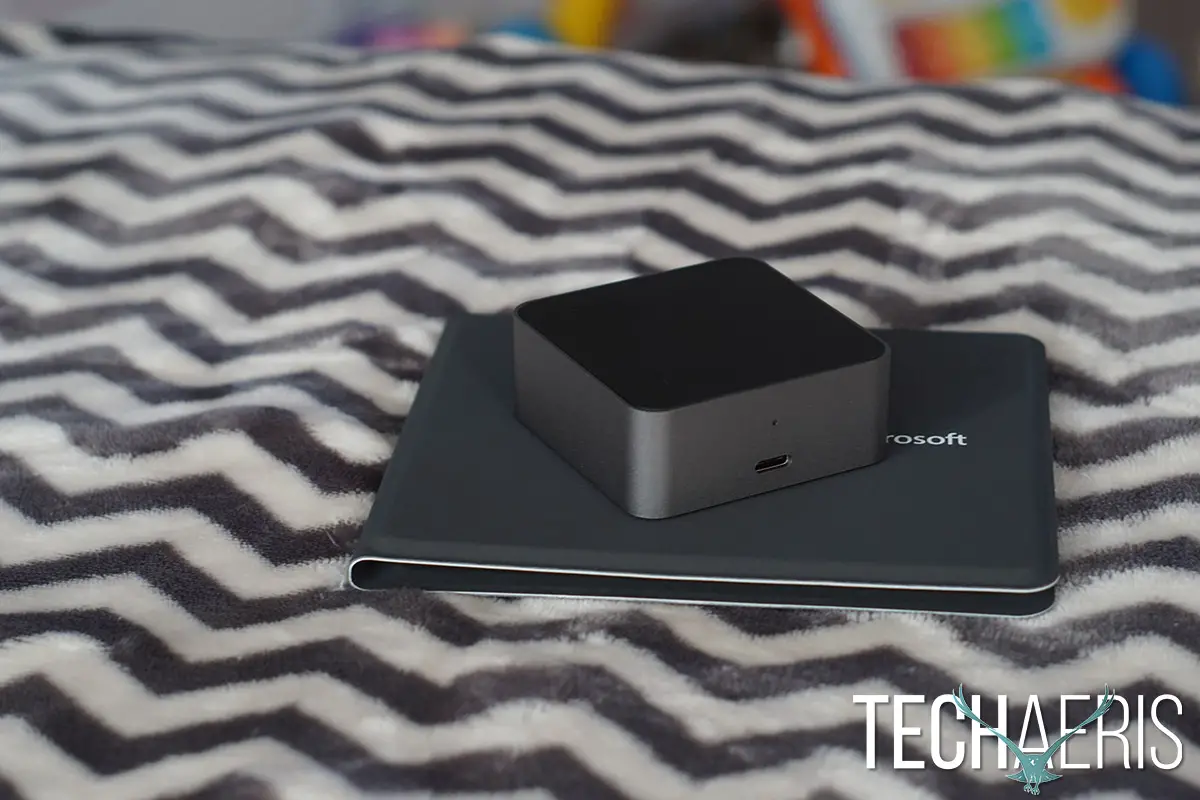
Performance
The Lumia 950 performance is on par with other flagship devices, although I did experience slow load times with some apps, and it’s sporting a Qualcomm Snapdragon 808 Hexa Core processor with 3GB of RAM. Overall the phone is snappy and responsive with lag free scrolling and pinch to zoom. Games ran fine on the 950 but the phone did get a bit warm fairly quickly. Running Internet and email was smooth with zero issues. Overall the performance is flagship device performance but there are some apps that lag in load times.
Speakers/Sound
The 950 speaker around the back of the phone is great for voice calls and plenty loud in that regard, but it’s another story when it comes to media consumption. Listening to music and watching video is great visually, but you’ll be better off with some decent headphones than using the speaker for media consumption. The speaker is tinny and thin sounding with almost no low end and even the mids are lacking, it’s just not a good media speaker.
Camera
With Carl Zeiss optics, 20MP sensor, optical image stabilization, face detection, exposure compensation, f/1.9 aperture and ISO control the 950’s camera has a lot to offer. For those who love to tinker with the bells and whistles you’ll be able to get granular with your shots and that’s a huge plus. Point and shooters though may find the camera a hit or miss situation. The photos I took point and shoot were a mixed bag and sometimes the camera had trouble focusing and suffered from some blur in images.
This doesn’t mean the camera is horrible, it’s comparable to both the Nexus and Apple offerings but lacks just that little bit in quick point and shoot. The standard camera app on the Lumia offers much more granular controls than the competition though and with practice and patience the 950 camera can take amazing pics. The front facing 5MP shooter is one of the best front selfie shooters out there, taking crisp selfies that look great. There are other camera apps in the Windows Store that help enhance your pics on Windows Phone and of course Lumia’s Living Images are still here.
Reception/Call Quality
The 950 is solid in the reception and call quality department, while the speaker doesn’t do media very well, it works brilliantly in voice calls. One thing to note, I have yet to mention, the 950 is AT&T only in the United States. You can buy it unlocked on Amazon, link below, but we haven’t tested that so buy at your own risk.
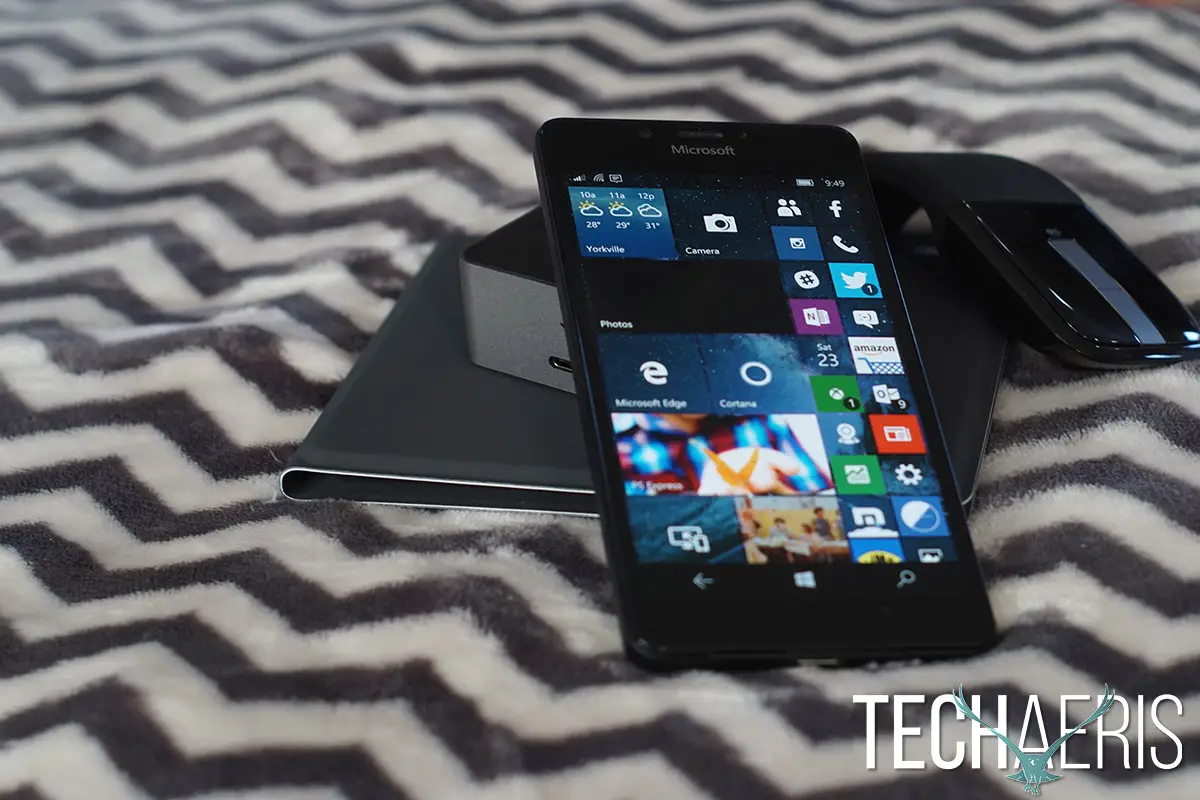
Battery Life
Sporting a 3,000 mAh battery, the Lumia 950 will get you through the day and I averaged just about 15.5 hours of battery life under normal use. Under heavy use, gaming, video consumption and photo editing the life will take a hit with our average being 8-9 hours. Overall the 950 falls in line with other flagship phones and you should be just fine on one charge through the day. In case you’re not though, the Lumia 950 does have USB-C fast charging which will fill you up quickly back to 100% so either way you’ll be in good shape.
Price/Value
You can obviously get the Lumia 950 on an AT&T contract for rather cheap, but if you want to buy this unlocked you’re looking at around $570 on Amazon which isn’t a bad deal at all. The big decision you’ll be faced with is with regards to the ecosystem and if you’re willing to live in the Microsoft world. The 950 has all the flagship attributes as far as hardware and the price point is decent, it’s the software you need to find value in.
Wrap Up
If you’re in the Microsoft world then the Lumia 950 is a superior buy, I’m not saying you can’t use the 950 if you use Google services but it will be more of a challenge. The 950 is a great value, it’s a great phone, Continuum is useful and has promise, Windows Hello is a nifty feature but it’s the app ecosystem that Microsoft must work on establishing and maturing for users to really move over to Windows Phone.
[rwp-review id=”0″]*We were sent a review unit of the Lumia 950 for the purposes of this review.
Last Updated on January 23, 2017.

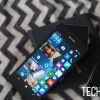
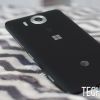
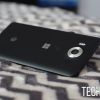
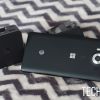
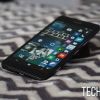
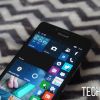
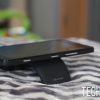
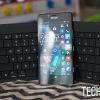
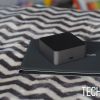
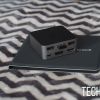
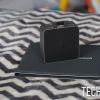
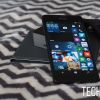
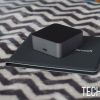
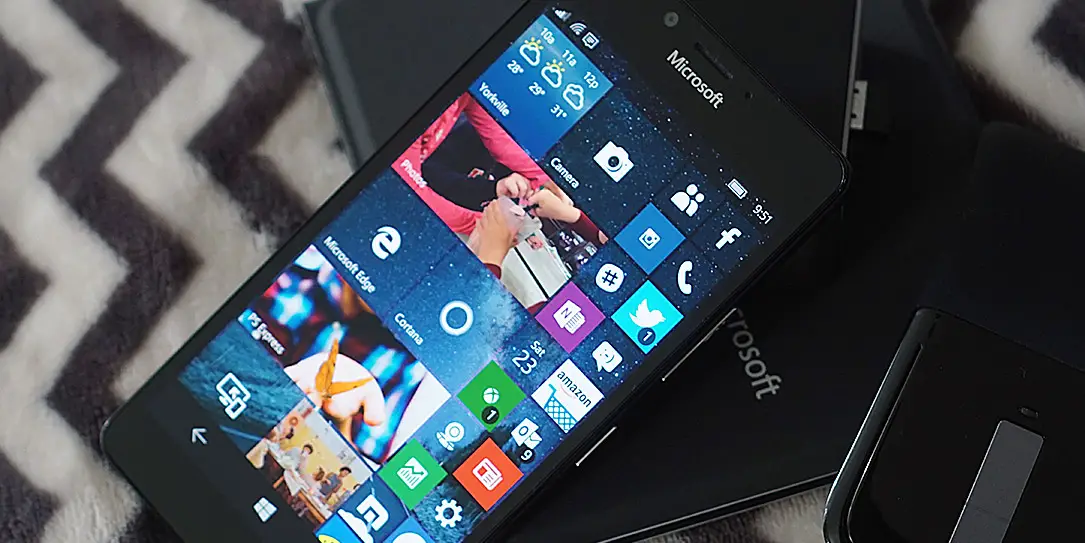









Comments are closed.